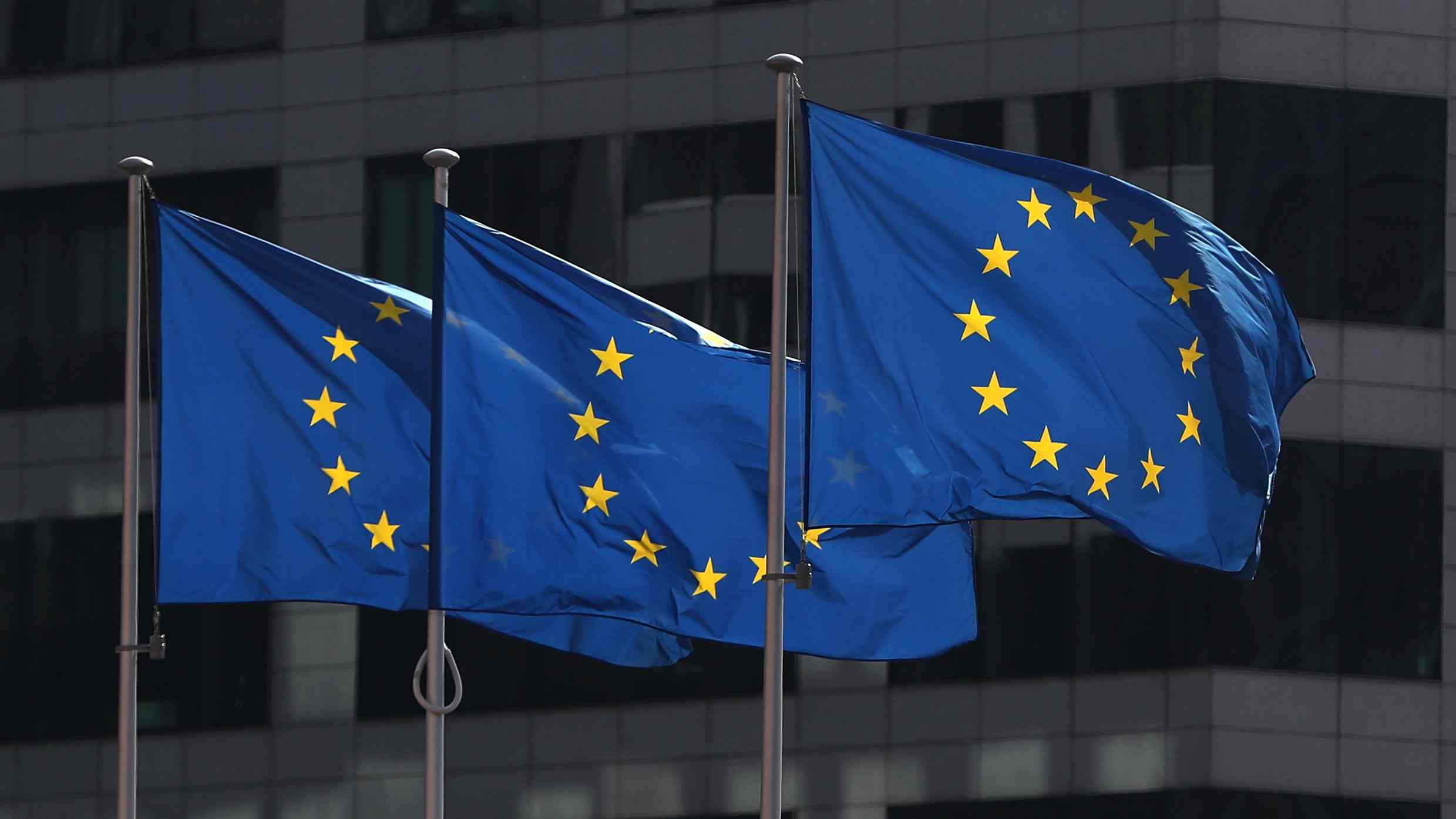
Europe
18:36, 07-May-2019
EU Elections Explainer: A battle for the heart of Europe
By John Goodrich

Citizens of the European Union vote in an unusually consequential set of elections on May 23-26.
The dominant centrist groupings in the European Parliament are expected to be weakened, possibly even losing control, as anti-establishment – and often anti-EU parties – gain ground.
Read more:
The legislative elections, which often pass by with little fanfare, come at a critical time for Europe and could have wide-ranging consequences. Here's a quick guide to the polls and why they matter:
Who can vote?
More than 350 million eligible voters can cast ballots across the bloc's 28 countries – assuming elections in the UK go ahead – for Members of the European Parliament (MEPs), who will serve five-year terms.
The election is the second biggest democratic exercise in the world, though turnout has been low compared to national elections in the past – only 42.6 percent of those eligible voted in 2014.
How do the elections work?
National parties compete in their own countries, sometimes divided into regions. There is no uniform voting system, but each member state's election must be via a form of proportional representation.
In total there will be 751 members of the European Parliament – so long as the UK remains a member – and the larger the country the more seats they are allocated. Germany, for example, will have 96 seats to Malta's six.
The original plan would have seen some of Britain's 73 seats redistributed to other countries post-Brexit, and some done away with altogether. However, Britain is now taking part in the elections and so that process must wait.
MEPs have three main functions: Passing laws, scrutinizing the European Commission and overseeing the EU budget. There powers have increased significantly in recent years.
Is there a party system?
National parties ally with others of broadly similar ideology from across the EU to form pan-European groups, equivalents of parties in the European Parliament.
There are currently eight groups in the parliament, the biggest of which are the European People's Party (EPP) and the Progressive Alliance of Socialists and Democrats (S&D).
Each group must consist of at least 25 MEPs and represent at least seven member states.
What's Spitzenkandidat?
The groups help determine who runs the powerful European Commission (the job currently held by Jean-Claude Juncker, and the most powerful EU role) via the Spitzenkandidat process.
Each group nominates a lead candidate (a Spitzenkandidat), and the group with the most seats is in pole position to have its lead candidate become European Commission president. It was first attempted in 2014, the European Council (leaders of member states) having previously sought a consensus candidate.
However, the process may not be smooth this time because the two main groups are unlikely to have a majority. And the chosen candidate must still receive a qualified majority – 55 percent of members representing 65 percent of the EU population – from the European Council to take the presidency, as well as backing from MEPs.
Why do the elections matter?
European Parliament elections have been dominated by the EPP and S&D – they have jointly controlled the legislature in recent decades.
But EU politics is growing increasingly fragmented, and polls suggest the two big parties could lose their combined majority in 2019.
Nationalist parties are unlikely to win enough seats to hold power, but could win enough to disrupt the agenda of the moderate majority at a time the bloc has shown strains over issues from immigration and Brexit to spending and trade.
The elections, in short, will help determine the EU's direction for the next five years at a moment of intense division.

SITEMAP
Copyright © 2018 CGTN. Beijing ICP prepared NO.16065310-3
Copyright © 2018 CGTN. Beijing ICP prepared NO.16065310-3